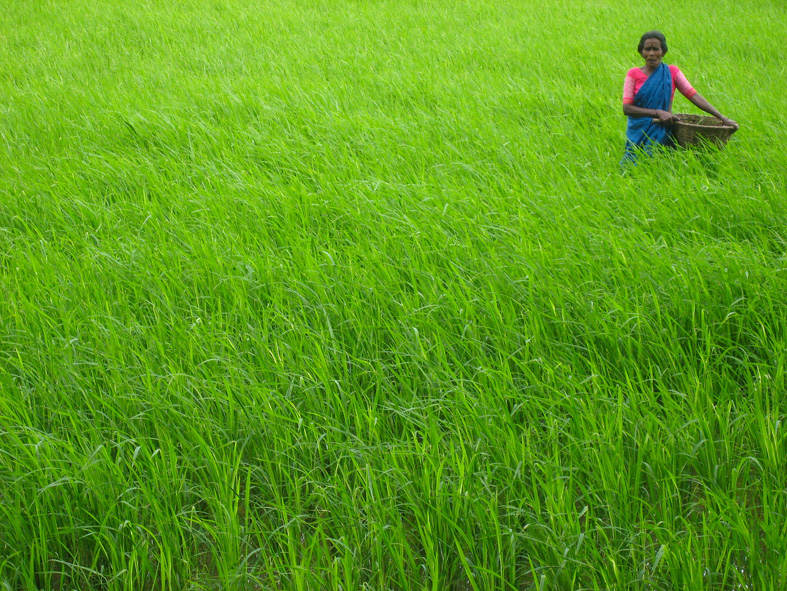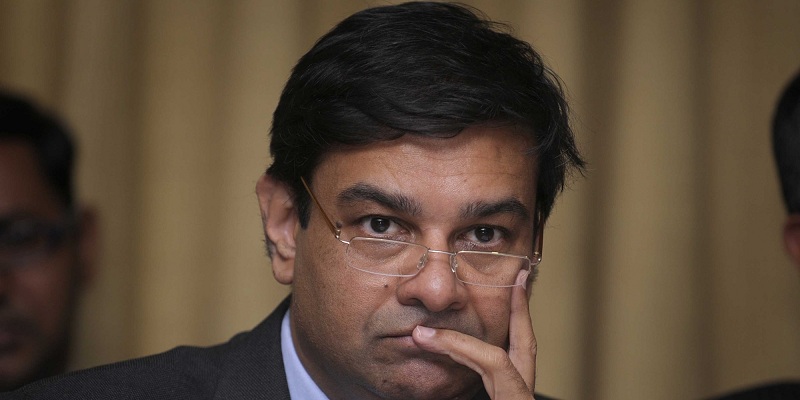
Several state governments have waived off farm loans over the past few months. The second volume of the Economic Survey released late last week analyses the economic impact of this phenomenon. Here are the points that the Survey makes:
a) What farm loan waivers basically do is that they transfer debt from the level of individuals and households to that of the state governments. When a state government waives off farm loans it needs to compensate the banks which had originally given the loans to farmers. Hence, it ends up with the debt of the farmers.
The Economic Survey expects the farm loan waive offs to cost anywhere between Rs 2.2 lakh crore and Rs 2.7 lakh crore. As the Survey points out: “It is assumed that waivers will apply at the loan rather than household level, since it will be administratively difficult to aggregate loans across households. It is also assumed that other states will follow the UP model. On this basis, an upper bound of loan waivers at the All-India level would be between Rs. 2.2 and Rs. 2.7 lakh crore.”
This is simply because the demand for waive offs will come from other states as well and the state governments are expected to comply. The Survey points out that “the widespread demand for loan waivers could simply be a demonstration effect from the UP loan waiver.”
b) The Survey believes that waivers will reduce demand in the country to that extent of Rs 1.1 lakh crore or 0.7 per cent of the GDP. This will be a huge deflationary shock to the economy. c) The farmers will benefit from the waive off and increase their consumption, the Survey says. While, this sounds true in theory, the actual evidence from 2008-2009 when the central government had announced farm loan waivers, is different. Research found that actual consumption did not go up after the farm loan waivers.
d) The state governments will have to borrow more in order to compensate the banks which have given loans to farmers. A part of the compensation for the banks will also come from the governments having to cut their expenditure in other areas. Since the governments will not be in a position to cut their regular expenditure like salaries, repayment of interest on the outstanding debt, etc., it will have to cut the asset creating capital expenditure. As the Survey points out: “a recent illustration is Uttar Pradesh which has slashed capital expenditure by 13 per cent (excluding UDAY) to accommodate the loan waiver.”
This is a point that the latest monetary policy statement of the Reserve Bank of India, also made: “Farm loan waivers are likely to compel a cutback on capital expenditure, with adverse implications for the already damped capex cycle.”
e) Also, the state governments are yet to clearly define who will benefit from the waivers and who won’t. This essentially leads to two points. One, it is difficult to come up with the overall cost of the waivers. Two, in order to implement the waivers, the state governments need to come up with clear definitions. This basically means that any implementation will take time and the benefits won’t be immediate.As the Survey points out: “Three states have been specific about the waiver schemes: UP has announced waivers of up to Rs. 1 lakh for all small and marginal farmers; Punjab’s limit is Rs. 2 lakh for small farmers without defining who these are; and Karnataka has limited the waiver amount to Rs. 50,000 (Maharashtra’s waiver terms are still unclear). The waiver announcements also do not make clear whether the amounts will apply to households or loans: typically, a household will have more than one loan.”
f) There are other negative effects of the waiver as well. Credit discipline (or the basic idea that loans need to be repaid) goes for a toss. Further, it benefits only those who borrowed from formal sources. Also, a “World Bank study found that lending increased following the 2008-09 waiver even if not in the districts with greater exposure to the waiver.”
Given these negatives on the economic front, it is important to ask why are farm loan waivers being made. The reason for this is fairly straightforward: the gains of farm loan waivers are more visible than losses.
When farm loan waivers are announced in one state, a large section of the farmers in that state who had taken on loans from the banking system, benefit from it. This is a clear visible effect, which the governments like to cater to. The negative effects are not so visible.Now take the case of a state government which needs to borrow more in order to pay off the banks which had made the farm loans in the first place. It will end up paying a higher rate of interest on its increased borrowings because at the end of the day the financial system has only so much money that can be borrowed. And any increased demand leads to higher interest rates.
As the Economic Survey points out: “Demands for farm loan waivers have emerged at a time when state finances have been deteriorating. The UDAY scheme has led to rising market borrowings by the states, expected soon to overtake central government borrowings. As a result, spreads on state government bonds relative to g-secs have steadily risen by about 60 basis points.”
The UDAY scheme was basically debt restructuring scheme which moved debt from the balance sheets of power companies run by state governments to that of the balance sheets of the state governments. Due to this the interest paid by state governments on their debt is around 60 basis points higher than that paid by the central government on its debt. The extra borrowing because of the farm loan waivers will only push up this rate of interest for state governments, making things even more difficult for them.
At the same time, states will also have to cut down on their capital expenditure in order to finance a part of their waiver. The deflationary shock because of this will be spread across the length and breadth of the country. Hence, each individual will have to take on only a small part of the pain. And he or she may not even feel it in the first place.
These are negative impacts of farm loan waivers, which are not as clearly visible in comparison to the direct benefit to farmers whose loans have been waived off.
Or take the case of the government of Maharashtra charging a drought cess of Rs 9 every time one litre of petrol is bought in the state. Why is this cess even there during a time when there is really no drought in the state? It is there so that the government can meet its expenditure on account of farm loan waivers and other expenses.
The question is how many people even know that such a cess exists, in the first place. The point is that there no free lunches when it comes to economics. It’s just that their cost is not visible many times and politicians simply make use of that.
(The column originally appeared on Equitymaster on August 14, 2017).
